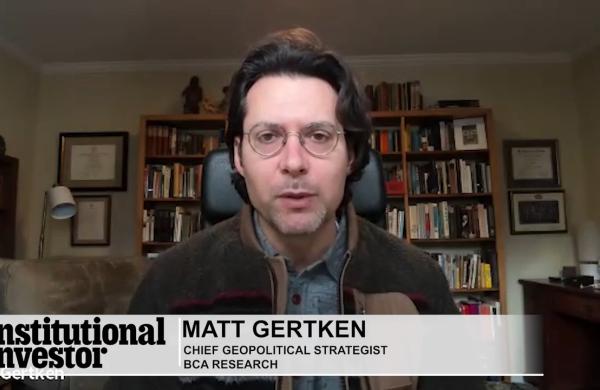Chu, a clean-cut, 28-year-old investment officer at the California Public Employees' Retirement System, says he had never before been likened to the king of rock and roll. But the subject under discussion was clean energy, and CalPERS's plan to invest $200 million in the sector over the next few years is sweet music indeed to other hopeful investors.
Clean-energy technology -- environmentally friendly products and services ranging from solar power to water purification -- is attracting fresh attention, and not only because of CalPERS. "A historic transition has begun, and it will define the energy issue for this era," says William Reilly, a former U.S. Environmental Protection Agency administrator who is now CEO of Aqua International Partners, a San Franciscobased private equity fund investing in clean-water systems. "Consumables will play a lesser role than renewables," Reilly told the conference, sponsored by the International Business Forum.
Reilly's long-term forecast may be unassailable, but identifying successful clean-tech venture investments has proved far less certain. A handful of specialist firms such as EnerTech Capital Partners, Ngen Partners and Nth Power have dominated the field, but their track records have been mixed. There have been no blockbuster energy IPOs. To the contrary, there have been some high-profile flops in the solar industry, notably AstroPower, which went public in October 2003 and filed for bankruptcy five months later.
Nonetheless, a growing number of conventional venture capital firms, including Silicon Valley stalwarts Kleiner Perkins Caufield & Byers and Sequoia Capital, are moving in on clean tech -- if slowly and prudently. "The macro trends are great," says John Voltz, a principal with Jane Capital Partners in San Francisco. "But VCs and financial companies are still on a path of learning what they have to pay attention to to get tenfold returns."
Says Leon Shahinian, senior investment officer for CalPERS's alternative-investment management program: "Clean tech exhibits many of the qualities that biotech showed many years ago. We are expecting that returns in this area will be commensurate with returns of similar private equity subasset classes."
CalPERS plans to invest 30 to 50 percent of its $200 million commitment this year, but "only if attractive risk-adjusted opportunities are available," Shahinian tells Institutional Investor in an e-mail exchange.
Clean-tech investing in the third quarter of 2004 totaled $312 million, or 7.2 percent of all venture capital investments, compared with $279 million, or 4.7 percent, in the previous quarter, according to Cleantech Venture Network, an industry trade group.
An $18 million Series C round last June for Konarka Technologies, a Lowell, Massachusettsbased nanotechnology start-up that developed a plastic that converts light to energy, shows how traditional venture capitalists are wading in. The round was led by New Enterprise Associates along with ChevronTexaco Technology Ventures and Ngen. One potential application -- thin, flexible solar cells that could power laptop computers -- is something that Silicon Valley can relate to.
The tenfold returns that venture investors seek have been rare in part because the energy and water industries are dominated by a handful of giant corporations. Some 95 percent of clean-tech exits have been acquisitions, according to Cleantech. That makes this a niche game.
However, the same economics that venture firms saw in information technology can operate in clean tech, especially solar, entrepreneurs say. "Solar is on a different cost-reduction curve because there's no fuel," Andrew Beebe, president of Energy Innovations, a Pasadena, California, start-up, told the IBF conference. "This technology will transform the energy industry the same way the computer transformed the slide rule industry."





